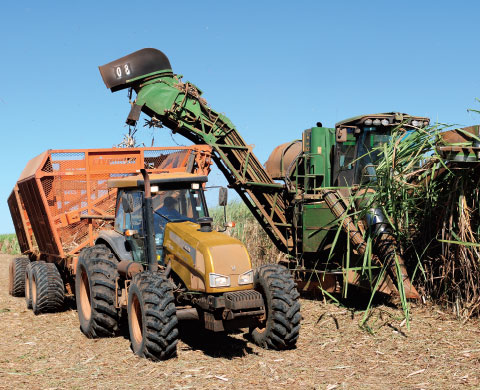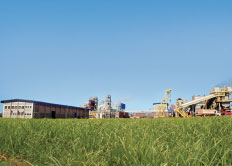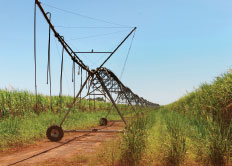Fundamentals in Sugar & Bioenergy



Sugar & bioenergy is a business with significant
Our presence includes eight mills in Brazil, from which we produce multiple product streams: sugar (both raw and refined), hydrous and anhydrous ethanol, and electricity. Brazil is an ideal location. The nation is not only the largest producer and exporter in the world, responsible for over 50% of global sugar trade, it also has a growing domestic market for ethanol, driven by the rapid expansion of its flex-fuel car fleet. Brazil also exports cane-based ethanol, which has a low greenhouse gas profile, to the Middle East, Asia and the U.S., where it qualifies as an advanced biofuel.
While we believe our footprint in Brazil has strategic advantages, we've faced some challenges in the last three years that have affected the business's performance. Adverse weather conditions have impacted yields for both sugarcane and ATR (sugar content per ton of cane), taking them to lows not seen in over 20 years. And the domestic price for ethanol in Brazil has been pressured by a government cap on pump prices for gasoline.
In 2013, however, we are seeing improvements. Yields are forecast to increase and the Brazilian government has begun to allow fuel prices to increase closer to market levels. These are positive developments that will benefit our results, but we are not waiting for external factors to improve. In the meantime, we're working to improve the mix of our products. We expect to increase our volume of anhydrous ethanol by 60% in 2013 to reduce our reliance on hydrous ethanol, and we're investing to produce more crystal sugar. And we're building an innovative joint venture with biotech company Solazyme that will use microalgae to convert sugars into tailored oils.
We're also taking aggressive steps to improve the performance of our operations. Our primary goal is lowering unit production costs. We've benchmarked all of our mills and developed action plans to achieve best-in-class performance in each.
The work starts in the field, where we are conducting a significant planting program and improving overall agronomics through better cane varieties, irrigation, fertilization and precision agriculture. The result is that we should crush at full capacity in 2013, which will help dilute fixed costs.
We're safely increasing the speed and efficiency at which we harvest by renewing our fleet of harvesters, systematizing the planting of our fields to allow for their smoother operation, investing in preventive maintenance to reduce downtime and enhancing staff training. We're also improving logistics by installing onboard computers and using telemetry. All of these steps should reduce unit costs per ton of cane by 10% in 2013 and another 10% in 2014.
We believe the end result will be higher volumes, lower costs, improved margins and a segment that delivers its full potential.

